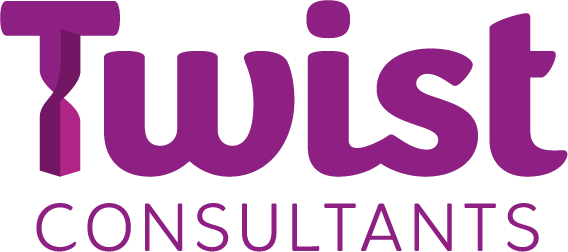Many years ago, I worked with a client team who rolled out a change to one of the most important IT systems in their organisation.
Melissa Walker Horn, Unsplash
To get ready for the switchover, the project team had spent months delivering extensive plans, briefing stakeholders and customers as well as training their own department on how things would change. Everyone was prepared.
When the system change went live, disruptions were kept to a barely noticeable minimum and the support team had very few calls asking for help with any issues. It was judged to have been a success.
But it wasn’t just the project team driving this. There was lots of work for the leadership team too in engaging stakeholders and keeping their peers and senior execs briefed and on board.
They had to have their ducks in a row to make sure they were joined up around what the change meant to them – for their own teams and the wider organisation and could share consistent messages about it too.
This joining up – or alignment – is key in any change and particularly when it’s planned. People look to leaders (and their line managers) to inform their own decisions, perspectives and approaches about key issues. An aligned leadership team can set the tone – either positively or negatively - for a planned change across an organisation.
So, without any discussion about the perspectives leaders might have about a transition or transformation project for example, you may struggle to get engagement.
What leadership alignment looks like
In this case, we ran an offsite workshop with the leadership team. As well as discussing the project itself and getting clearer on the purpose, goals and expectations around the change, an unexpected bonus was that they got to know each other better too.
Since then, I’ve run similar sessions as part of preparations before a change programme kick-off. The benefits I most often see for the programme or project and the leaders involved, are…
Getting clarity – being clear on why a particular shift is needed and the outcomes they expect it to deliver for all stakeholders. And being able to articulate that in a way that’s understandable for everyone
Having a good understanding and clarity on roles and responsibilities - especially where decision-making sits and on what topics
Sharing any concerns from their own and any key stakeholders’ perspectives, helping to spot any blockers before they become real issues
Being well-informed and having clarity about the change for themselves, so they can be consistent in the messages they share about it across the team and the wider business
Leading by example and setting a positive, supportive tone. They take the opportunity to encourage people to get involved and share their thoughts, ideas and any concerns. This gives the leadership team insights to differing perspectives on the change and helps to increase buy-in too.
It’s not always this straightforward. Sometimes, not everyone agrees with the change. But, as a leadership team it’s important that the discussion is worked through, views are shared and there’s an agreement on a way forward, whatever shape that might take.
Working through what change might mean to you as a leadership team and how you’re going to work together on it is key. Especially if you want to keep disruption and impacts to people’s wellbeing to a minimum.
If a leadership for change workshop is something you think could be helpful for your team, I’d love to chat.

